Companion planting is one of the very best ways to keep cabbage plants healthy and free from insect pests such cabbage loopers, cabbage root maggots, slugs, flea beetles, diamondback moths, and aphids. Cabbage is easy to grow in the homestead garden if you select varieties suitable to your United States Plant Hardiness Zone, enhance the soil, and control insects and disease.
In this post, I’ll tell you which companion plants grow best with cabbage. I’ll also tell you about some of my favorite varieties of cabbage, cabbage-growing tips, and share my favorite cabbage recipe.
Manage Cabbage Plant Pests With Companion Planting
These plants are good neighbors for cabbage:
- Aromatic herbs: Chamomile, hyssop, thyme, rosemary, dill, peppermint, spearmint, sage, oregano
- Garden edging: Yarrow, marigolds
- Root vegetables: Onions, beets, celery
Sage and rosemary are also especially effective for deterring cabbage moths. Chamomile enhances cabbage’s flavor with sulfur, potassium, and calcium. Not only do these culinary herbs repel insect invaders, but they add a lovely scent to the garden. Planting pungent culinary herbs between cabbage rows helps control weeds, repels insects, and enhances cabbage flavor.
Plant a few clumps of Yarrow (Achiliea Milliefolium) around the perimeter of the garden. Yarrow is a super companion plant. It improves poor soil and the vitality of neighboring plants. Yarrow also repels unwanted insects and is a beneficial addition to the compost pile.
Marigolds (Calendula) planted around the base of cabbage plants is an effective companion planting trick. Marigolds are an attractive garden edging, and they’re most effective in repelling pests, such as aphids and cabbage moths, that love to feed on tender, young cabbage. Onions, beets, and celery are also helpful companion plants for cabbage. They enhance the flavor of cabbage plants and repelling insects that can spoil the crop.
These Plants Are Bad Neighbors For Cabbage:
- Mustard plants
- Strawberries
- Tomatoes
- Grapes
- Pole beans
Types Of Cabbage
Popular Types of Cabbage
The cabbage family is divided into two groups: hard-heading and loose heading. Most varieties of cabbage exhibit a firm round head, while others have a flattened or pointed head. There are many different types of cabbage in various shades of white, green, purple, and red, all of which are flavorful and fine sources of vitamins and fiber.
Savoy Cabbage
The majority of cabbage varieties have smooth, firm leaves. However, the Savoy types like Savoy Queen and Savoy King have leaves with a crinkly texture and contain higher amounts of iron. Napa cabbage is pale green and grows an elongated head and delicately crinkled leaves.
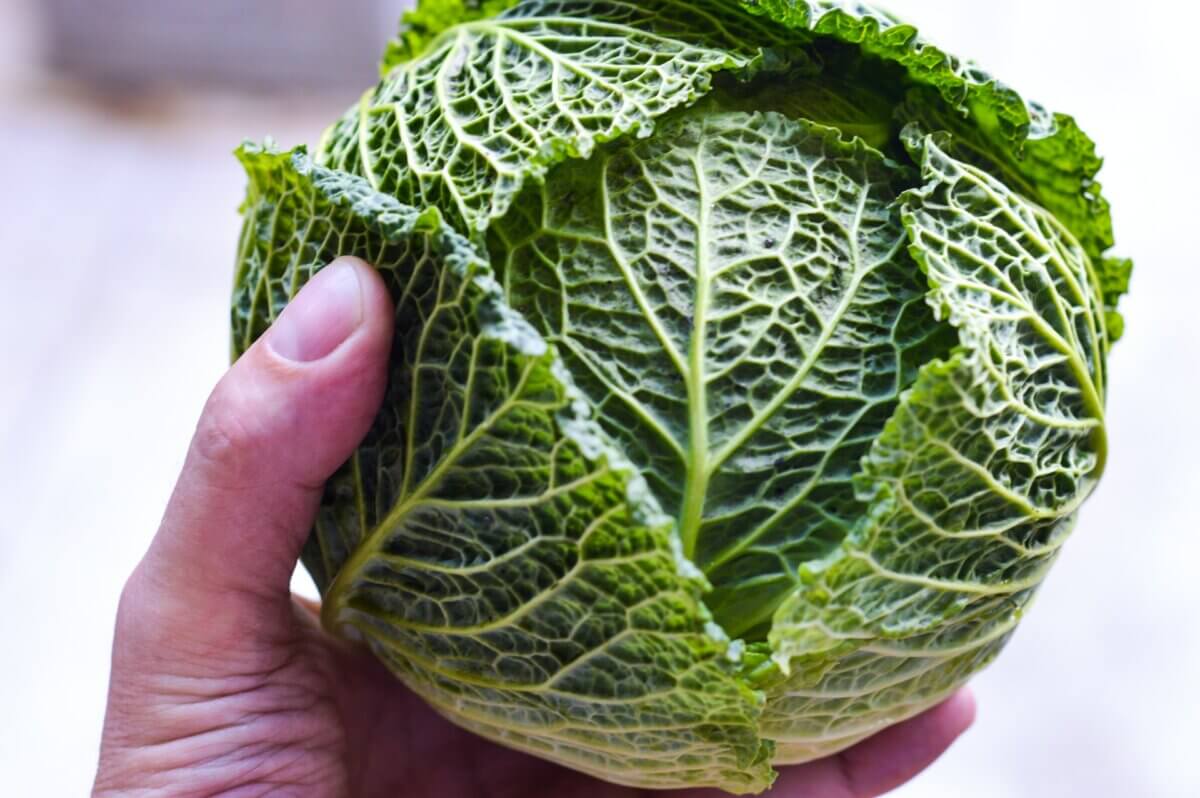
Asian Cabbage
Asian cabbage varieties include Bok Choy, China Express, Joi Choi, China Flash, Monument, and Mei Qing Choy.
Ornamental Cabbage
Colorful ornamental cabbage, which you can also use as an edging plant in flowerbeds, is also edible.
Ruby Cabbage
Ruby Ball, Ruby Perfection, Red Acre, Regal Red, and Red Meteor are red or purple cabbage choices. Red or purple cabbage is a colorful addition to slaws and salads and is excellent pickled.
Pick The Right Cabbage For Every Season
Before you plant your cabbage, consider when you want it to harvest it. Some varieties need to be planted during certain times of the year. When started from seed, cabbage will be ready for harvest in 90-100 days. If you start your plants from transplants you have grown indoors or purchased from a gardening supply store, cabbage is will be ready for harvest 70-90 days after you put it in the ground.
Both early-maturing and late-maturing types of cabbage are available. Cabbage can be planted throughout the spring and summer growing seasons. Avoid planting late-maturing varieties towards the end of summer.
Early varieties grow fast to early maturity and small size of 1-3 pounds per head. Market Prize, Rio Verde, and Marion Market are easy to grow early varieties for the homestead garden. Other popular early varieties include Primax, Parel, Dynarno, Tendersweet, Fargo, and Capricorn.
Mid-season varieties mature later and should be well established before the hot days of midsummer. King Cole consistently produces uniform, firm heads. Early Jersey Wakefield matures early and resists splitting.
Late season varieties produce large heads that weigh 4-8 pounds each. Late fall and winter varieties include Ballhead, Blue Thunder, Danish, and Charmant. Cheers is another variety that does well in most United States Plant Hardiness Zones and is resistant to black rot. These plants will develop a main head in the cooler weather of fall.
Cabbage Cultivation Tips
Cabbage plants are heavy feeders.
They benefit from an abundance of decomposed organic material, so the best environment for cabbage includes nutrient-rich soil. Fertilize your cabbage regularly with garden compost or well-aged herbivore manure.
Cabbage requires an abundance of moisture
Cabbage plants require an inch of water per week to develop firm, solid heads. However, don’t drown your cabbage. Make sure their beds drain well.
The ideal pH level for cultivating cabbage is 6.5 or less.
Before you plant, rake the garden bed to break up dirt clods and remove roots and debris. Level the soil and firm it down before planting.
Planting Depth And Spacing
Cabbage may be transplanted or seeded directly into the garden after all danger of frost is past. Cabbage started from seed germinates in 7-10 days. Keep soil evenly moist, but not soggy. Be sure to plant early enough in the season that cabbage heads mature before the intense heat of mid-summer, unless you’re planting a late-season varietal.
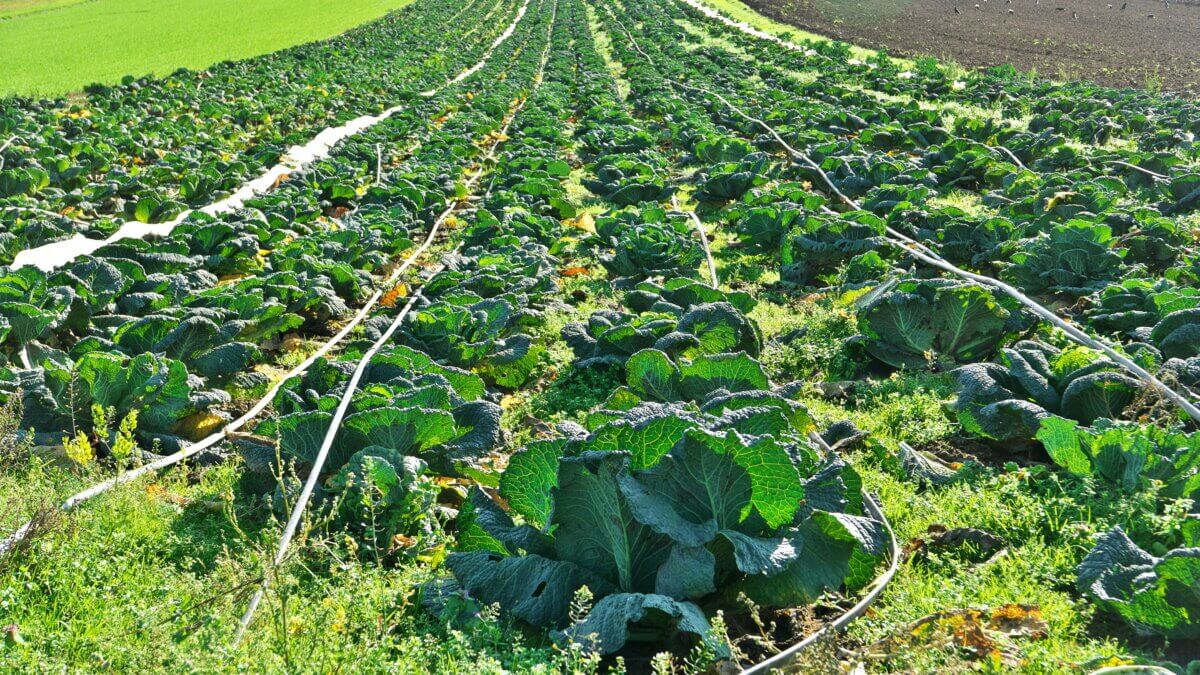
Plant cabbage seeds approximately 1/2″ deep. When planted shallow, plants tend to be leggy and do not develop properly. Cabbage requires room to grow. As seedlings grow, thin them to create plenty of space around each cabbage plant. When transplanting, space plants 18-24 inches apart, depending on the variety. If you plant several rows of cabbage, space each row 36 inches apart from its nearest neighbor.
If planted too close together, cabbage heads will not develop properly. The closer the spacing, the smaller the heads. If you are planting several rows of cabbage, consider covering them with floating row covers to control pests such as cabbage maggots and flea beetles. When selecting a location to plant cabbage, ensure that the site has excellent drainage. If it’s planted in garden areas that tend to be waterlogged or soggy, cabbage is prone to root rot.
Cabbage plants have shallow, delicate root systems. Cultivate lightly around the base of the plants to control weeds. Add mulch to retain soil moisture and help control week regrowth.
Keep in mind that crop rotation is crucial when it comes to successfully growing cabbage. As I mentioned earlier, they’re heavy eaters, and will damage soil by absorbing potassium and nitrogen if planted in the same spot for consecutive crops. Rotate cabbage with non-brassica plants for a minimum of three years before replanting again in the same garden spot.
Harvesting Cabbage
Harvest cabbage when the head reaches an acceptable size. Cabbage heads harvested before they’re ready can split. To savor the flavor of cabbage at its peak, eat it soon after pickling. However, if it’s properly stored at 32 degrees Fahrenheit and 95 percent humidity, cabbage holds its flavor for up to 6 months. The crisper drawer in the refrigerator is ideal. You can also store cabbage in a cool-temperature root cellar. Do not store cabbage with fruits and vegetables that are active ethylene generators.
Harvest mature cabbage heads planted in the spring and reap a second harvest later of small heads or sprouts. Sprouts develop on the mature stump of cut stems. Cut off the main cabbage head as close to the lower surface of the head as possible, and leave the loose outer cabbage leaves in place.
Sprouts will form in the axils of the leaves and the stem. Sprouts grow to 3-4 inches in diameter. Pick them when they are firm. You’ll be glad you grew cabbage sprouts: some chefs claim that the sprouts have a sweeter and more intense flavor than the main head.
After harvesting sprouts, remove their stumps from the ground. They can become a breeding ground for unwanted insect pests.
Best Ever Cooked Cabbage Recipe
Ingredients
- One large head of cabbage
- Four tablespoons butter
- One teaspoon coarse sea salt
- ¼ teaspoon ground cardamom
- ½ teaspoon fresh ground black pepper
- Two cups apple juice
- Two tablespoons freshly minced parsley
Directions
- Cut cabbage into quarters, removing the tough stem. Chop each quarter into ½” strips.
- In a large pot, add butter, sea salt, pepper, & chopped cabbage.
- Add apple juice and toss.
- Bring to a boil over medium heat.
- Cover and reduce heat to low.
- Simmer for 8-to-12 minutes, stirring occasionally until cabbage is tender.
Avoid overcooking. Drain excess liquid. Serve with a dab of butter and minced parsley: enjoy. The recipe makes four flavorful servings. It’s a tasty side dish for pork.
Sources
- Watch Your Garden Grow – University Of Illinois
- Cabbage – United States Department of Agriculture
- How To Grow Cabbage – Michigan State University


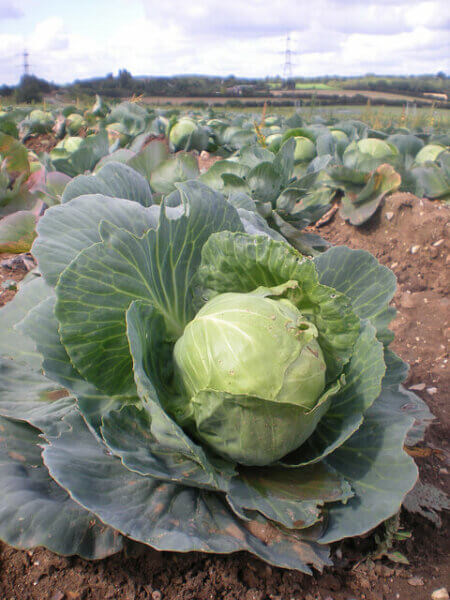
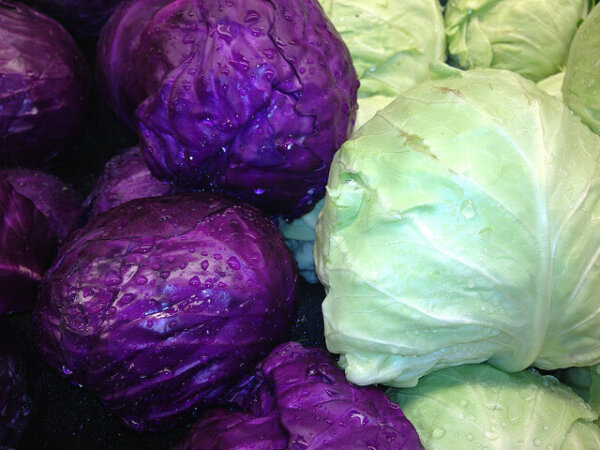
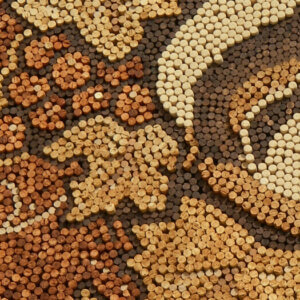


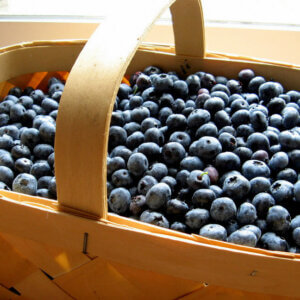


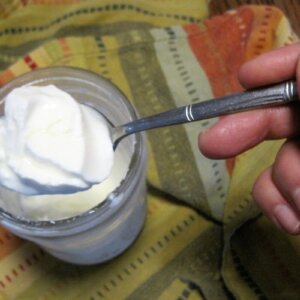
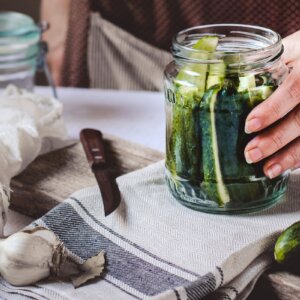
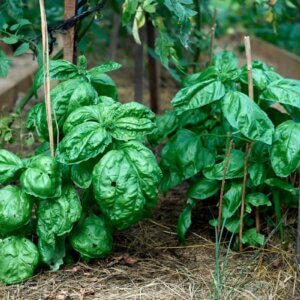
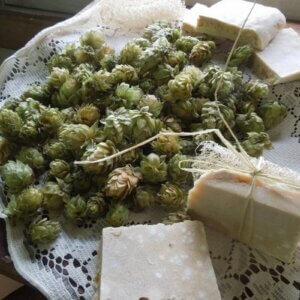







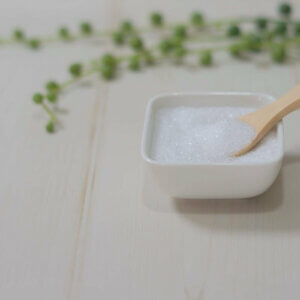
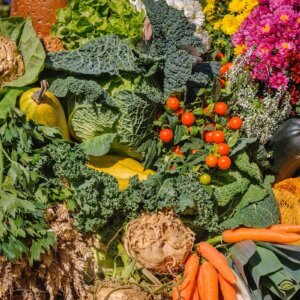
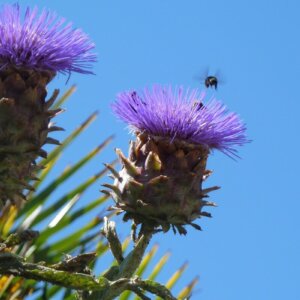
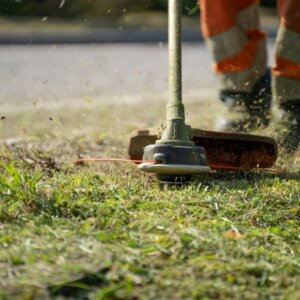
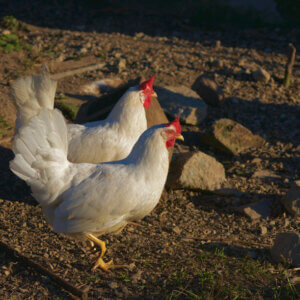


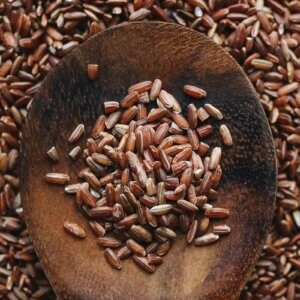





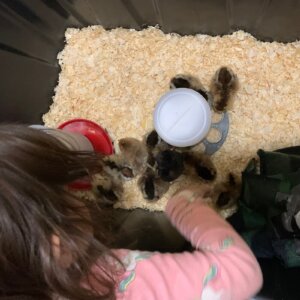
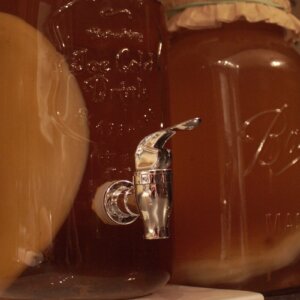
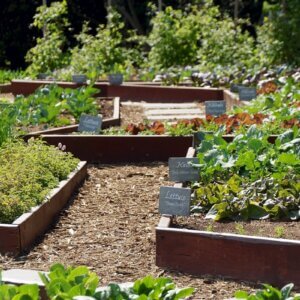
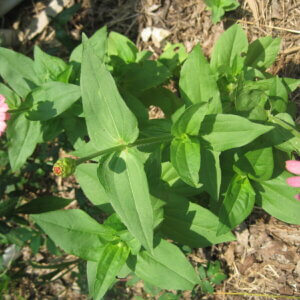
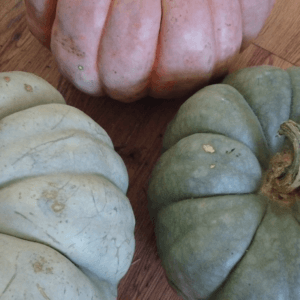
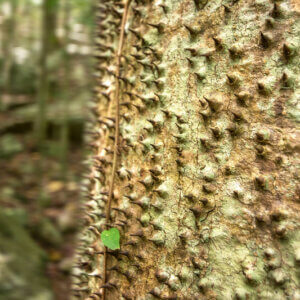
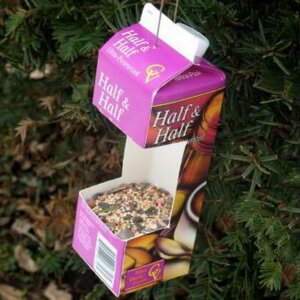



Leave a Reply